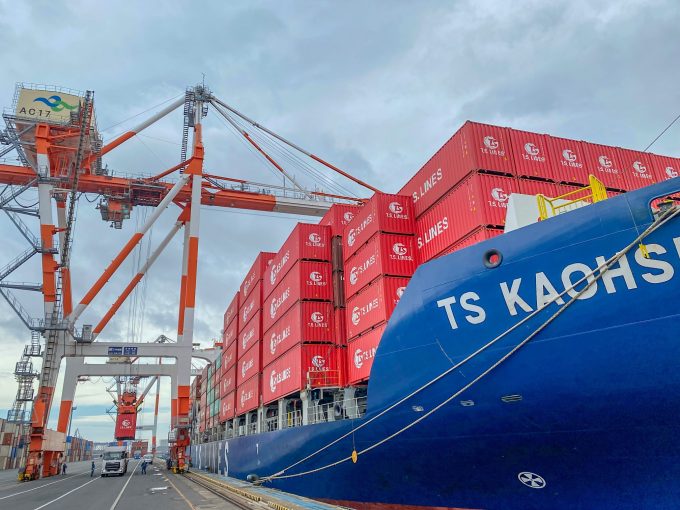Under the radar: What to make of profit swings at regional carriers
SITC is still the one to watch

The return of freight rates to pre-pandemic levels means small containerships are becoming uneconomic on liner trades, where operating costs remain elevated.
Consequently, voyage results for smaller box ships on long-haul liner trades have swung from being highly profitable to racking up huge losses as the ...
MSC switches two more Asia-Europe port calls from congested Antwerp
Canada and Mexico get cosy with trade plan to bypass US
Front-loading frenzy has made traditional H2 peak season 'unlikely'
Tradelanes: Export boom in Indian sub-continent triggers rise in airfreight rates
Carriers introduce surcharges as congestion builds at African ports
Mexican airport modernisation plan unlikely to boost cargo facilities
Tradelanes: Overcapacity on Asia-S America impacting alliances and rates
Ports and supply chain operators weigh in on funding for CPB

Comment on this article